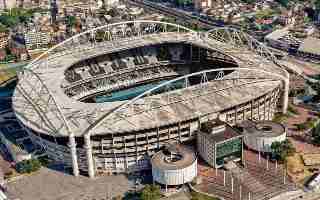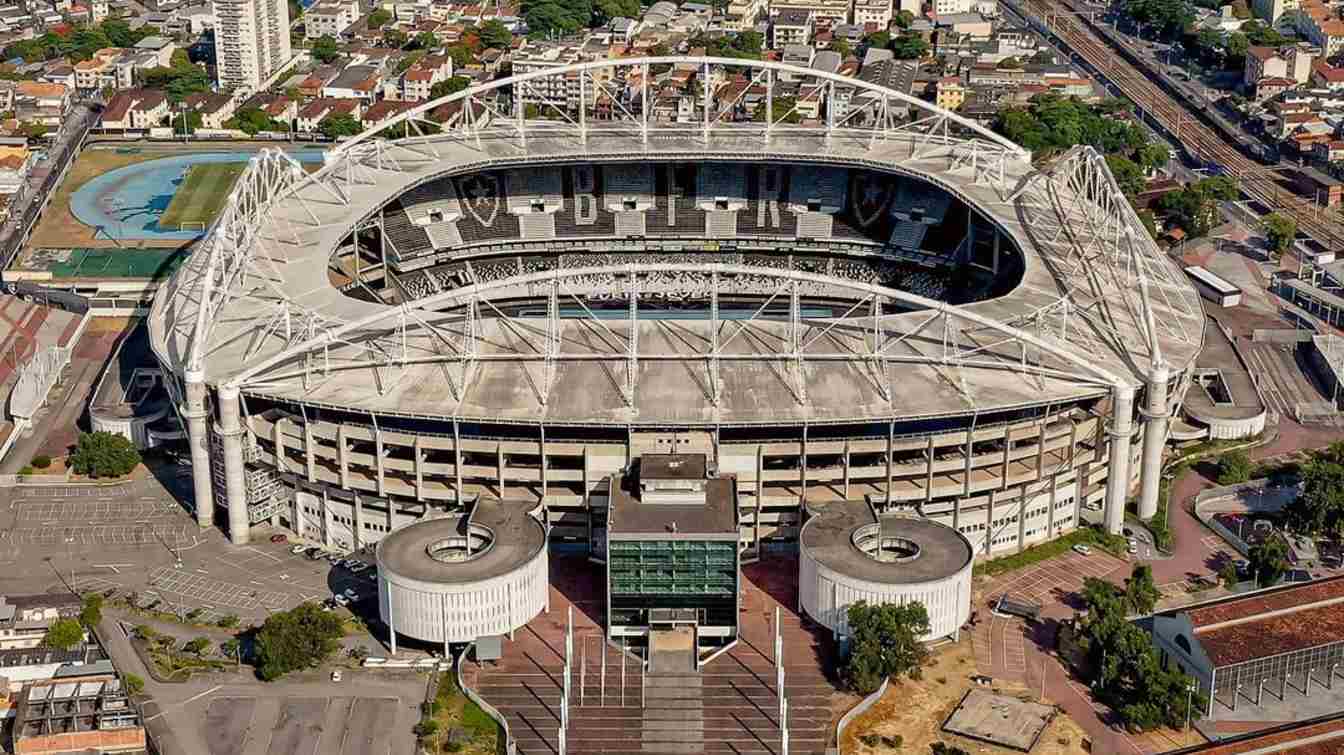Brazil: Ambitious project by Botafogo – stadium for 40,000 fans
source: StadiumDB.com; author: Paulina Skóra
 The management of Botafogo has officially announced an ambitious plan to build a new stadium with a capacity of 40,000 spectators. The project was presented in a so-called “letter of loyalty” to John Textor, the club’s co-owner, following an unsuccessful attempt to remove the American businessman from leadership.
The management of Botafogo has officially announced an ambitious plan to build a new stadium with a capacity of 40,000 spectators. The project was presented in a so-called “letter of loyalty” to John Textor, the club’s co-owner, following an unsuccessful attempt to remove the American businessman from leadership.
Advertisement
A place of pride and belonging
The new stadium is expected to be one of the most modern football venues in the world, with stands close to the pitch to ensure an intense matchday experience. According to Brazilian portal ge.globo, the SAF (company managing the club) is planning to purchase a plot in the Barra Olímpica area in western Rio de Janeiro, where the facility—named Botafogo Stadium
—is to be built. The document emphasized that the new stadium should symbolize the club’s future and meet the needs of its supporters.
It won’t just be another stadium. It will be a place of pride, identity, and belonging. A space where generations of fans—fathers, children, and grandchildren—can come together and feel what it really means to wear the black and white,
the club wrote.
 © instagram: @cairo.pilot | Estádio Nilton Santos (Engenhão)
© instagram: @cairo.pilot | Estádio Nilton Santos (Engenhão)
An ambitious project despite recent crisis
The stadium plan was introduced shortly after an internal crisis, during which a group of shareholders tried to remove John Textor from power. In response, the remaining board members published a letter of loyalty to the American, declaring they would not abandon his vision for the club. They also stressed that Botafogo has risen from the ashes like a phoenix
thanks to his leadership. The new stadium is thus seen not only as an investment in infrastructure, but also in the club’s identity and future.
Botafogo currently plays at Estádio Nilton Santos, which has a capacity of over 44,661 spectators. The stadium was opened in 2007 and became one of the main venues of the Rio de Janeiro Olympic Games nine years later. Although modern and spacious, it is often criticized for the large distance between the stands and the pitch, which weakens the football atmosphere.
Advertisement

 StadiumDB
StadiumDB